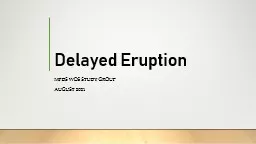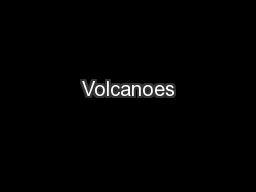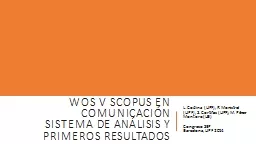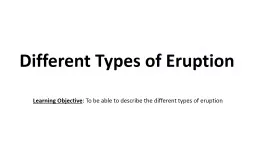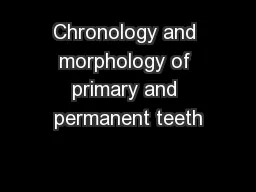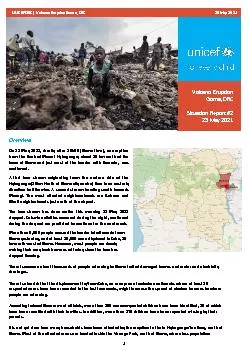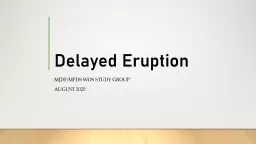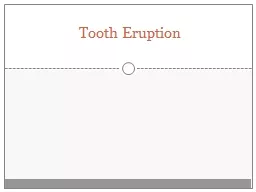PPT-Delayed Eruption MFDS WoS
Author : bery | Published Date : 2022-06-18
Study Group August 2021 Delayed Eruption Know the eruption dates approximately but most important is the sequence of eruption If tooth fails to erupt within
Presentation Embed Code
Download Presentation
Download Presentation The PPT/PDF document "Delayed Eruption MFDS WoS" is the property of its rightful owner. Permission is granted to download and print the materials on this website for personal, non-commercial use only, and to display it on your personal computer provided you do not modify the materials and that you retain all copyright notices contained in the materials. By downloading content from our website, you accept the terms of this agreement.
Delayed Eruption MFDS WoS: Transcript
Download Rules Of Document
"Delayed Eruption MFDS WoS"The content belongs to its owner. You may download and print it for personal use, without modification, and keep all copyright notices. By downloading, you agree to these terms.
Related Documents

